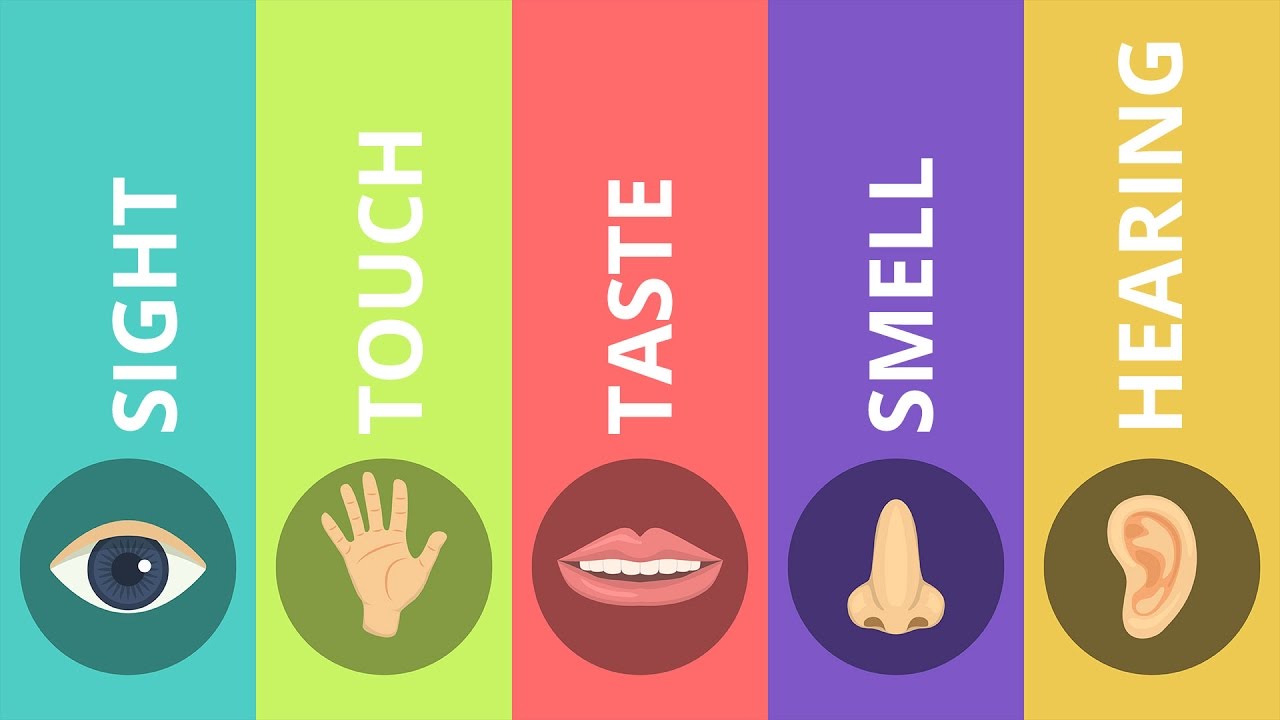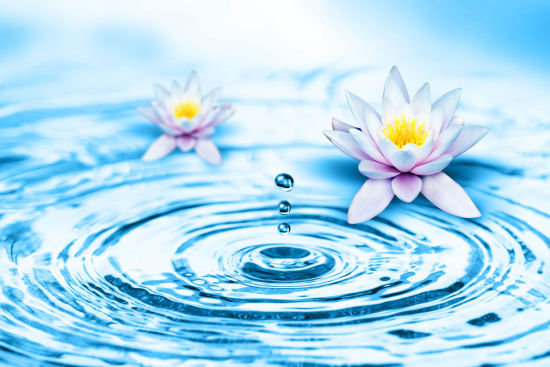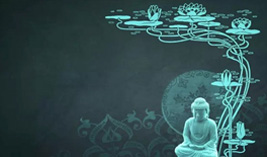In Abhidharmakosa, all composite phenomena are summed up as the five aggregates – form, feeling, perception, volition, and consciousness. The so-called “aggregate” means the coming together of a lot of things.
The aggregate of form denotes not only phenomena perceived by the eye, but also sounds heard by the ear and all kinds of appearances like weight, light, darkness, etc. In other words, the aggregate of form is an overall name for all of the things above.
Depicted from Luminous Wisdom Book Series : THE FOUR SEALS OF DHARMA ~ The Practice of Realizing Emptiness











